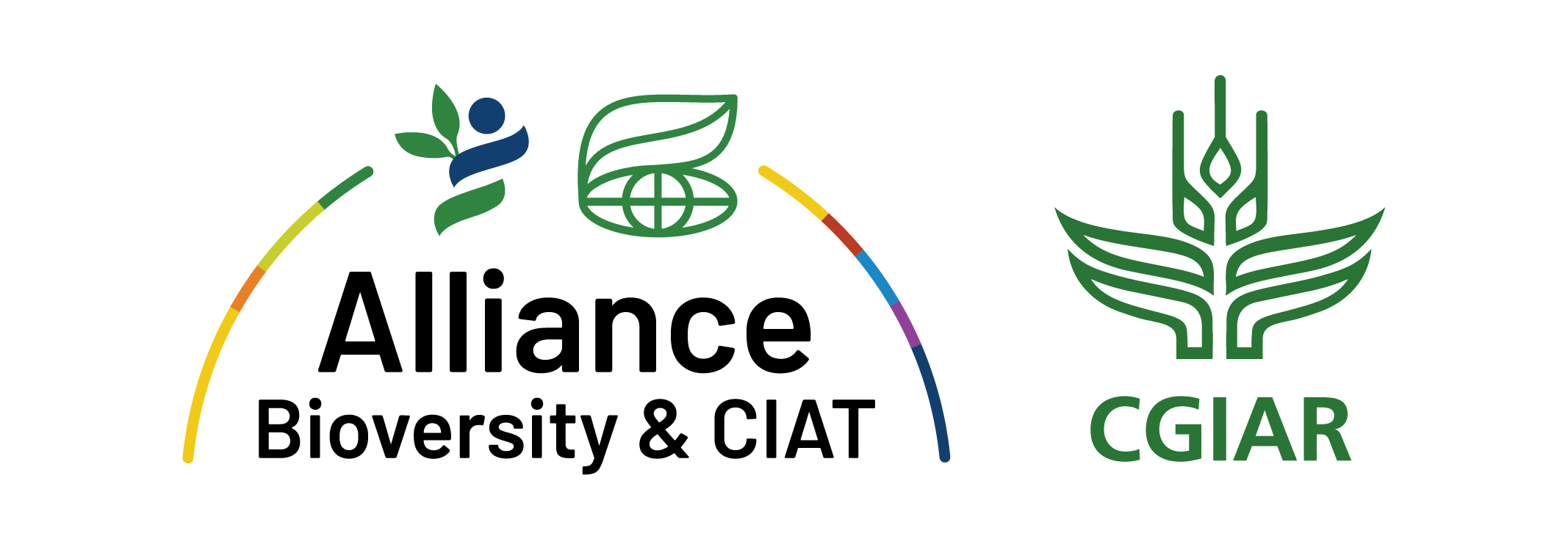APFORGEN's initiatives "Conserving Rosewood Genetic Resources for Resilient Livelihoods" and " APFORGIS – Establishing an Information System for conserving native tree species and their genetic resources in Asia-Pacific" are presented at the International Congress for Conservation Biology in Kuala Lumpur, Malaysia, on 23 July.
The presentations are part of a Symposium "Seeing the trees from the forest: improving environmental and social benefits from forest and landscape restoration through the use of fit-for-purpose seed" where researchers discuss the fundamental role of forest genetic resources in restoring resilient forests.
The ICCB 2019 brings together more than 2000 researchers, students, officers and conservation practitioners to discuss biodiversity conservation from the perspectives of genetics, ecology, biogeography, anthropology, history, psychology, economics and more.
For updates from the conference and other upcoming APFORGEN activities, follow us in Twitter at @APFORGEN
Presentation abstracts
Time: Tuesday 23 July, 16:00-17:30
Venue: KLCC Plenary Theater Auditorium, Level 3
Restoring critically endangered Rosewoods through local community participation in the Greater Mekong sub-region
Chaloun Bountihiphonh, Forest Research Centre, Lao PDR
Rosewood (Dalbergia spp.) is an extremely valuable timber. Over-exploitation has significantly reduced most species in their natural range, with rapid depletion of Siamese (Dalbergia cochinchinensis) and Burmese (D. oliveri) rosewoods. Trees are
largely restricted to protected areas, but illegal harvesting continues. CITES CoP17 put the Dalbergia genus on Appendix 2, while the IUCN identified a need to better understand conservation status through research on population size, distribution and trends. Across the Greater Mekong sub-region, country-identified limits to conservation include: 1) limited capacity to generate livelihood benefits for and by local communities from forest restoration; 2) lack of information on remaining populations and their conservation value; 3) limited capacity and lack of cross-country collaboration to establish a conservation units network that effectively conserves genetic diversity; 4) acute lack of Dalbergia planting material. We describe a project working through country partners and local communities to safeguard the genetic resources of three threatened Dalbergia species in the Greater Mekong Sub-region. The project builds rural communities’ capacity to generate livelihood benefits from long-term use of these resources. Application of best practice in seed collection, seed source and nursery management, and associated market chains will avoid compromising both current and future use, conservation and adaptation.
Do we have enough seed sources left for restoring Asia’s forests? Ecogeographical assessment of tree species distributions, threats and seed zones
Tania Kanchanarak, Bioversity International and University of Aberdeen
It is estimated that there are at least 19,000 tree species in the Asia-Pacific region, yet very little is known about their natural and current distribution, conservation status, or the availability and quality of remaining seed sources. These species cannot be effectively used in forest restoration without first improving knowledge on where they can grow and where to obtain suitable seed or seedlings for each site context. To help address these knowledge gaps, we modeled the distributions of 60 native Asian tree species, representing different life-history traits, reproductive biology, conservation status and uses. We used occurrence data contributed by 40 organisations and individual researchers, who then also validated the resulting distribution models. Seed zones were determined for each species based on ecogeographical variation across their range. Predicted habitat suitability for each species under current and future climates was then compared with land cover change and existing protected areas, to assess the availability of viable seed sources for each species and ecogeographical zone. The work is part of a regional initiative APFORGIS – Establishing an Information System for conserving native tree species and their genetic resources in Asia-Pacific, and its resultsand methods will be made available to national partners to support conservation and restoration planning across the region.
